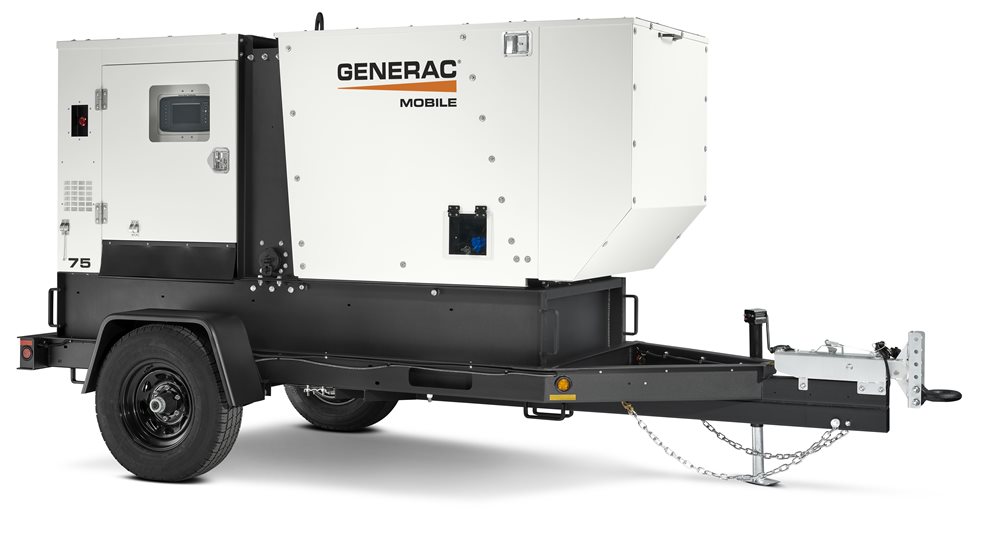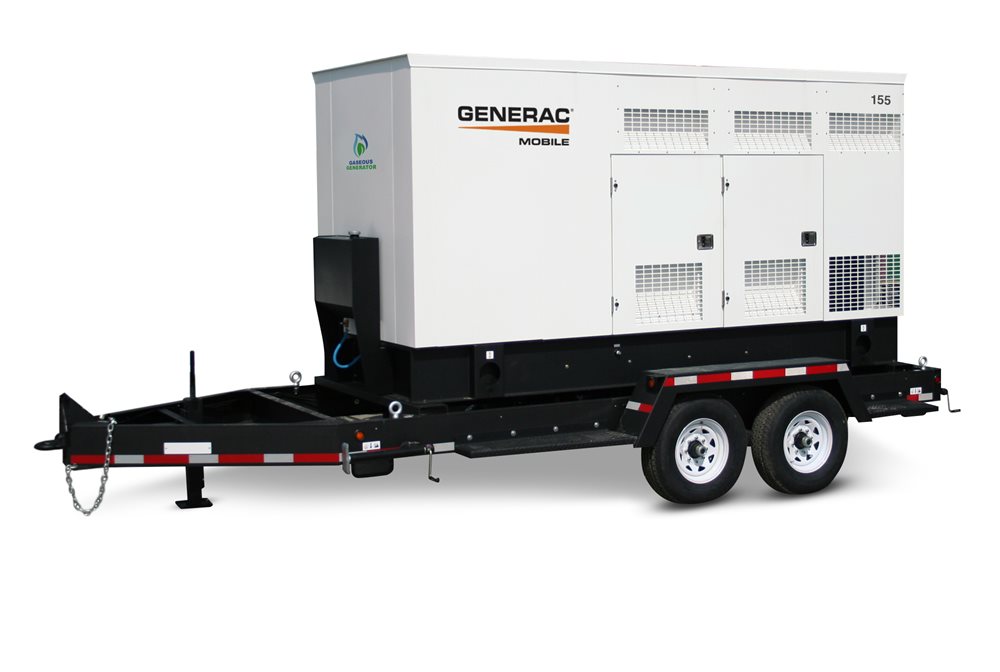Mobile prime power solutions come in a wide range of power nodes, designed and engineered to support a variety of projects. Choosing between diesel and gaseous generators involves many factors. There are advantages to each, and their use depends on the project at hand.

For those who have a source of natural gas, there may be a significant fuel cost savings opportunity. Historically, mobile prime power gaseous-fueled generators have been used in oil and gas production operations where utility power is not available. When producing oil and gas, operators encounter “wellhead” gas, which varies greatly in its consistency, and has often been burned or “flared off” as undesirable. However, wellhead gas can actually be harnessed and used to power gaseous generators that are designed to handle the fuel – essentially tapping into a free source of fuel. Using wellhead gas to power operations instead of diesel fuel can result in tens of thousands of dollars of savings in annual fuel costs – depending on the operation.
Using wellhead gas to power the generator also virtually eliminates emissions concerns around the flare-off process due to the gas being used as a fuel versus a byproduct of the production process. While a gas flare at an oil and gas production site protects against over pressurizing industrial plant equipment, it emits methane, carbon dioxide and other pollutants into the air. Wellhead gas generators avoid U.S. Environmental Protection Agency (EPA) flaring restrictions by consuming the gas and delivering power to the well site.
A gas analysis tests the chemical and physical composition of the wellhead gas. It tests for the levels of methane; higher carbon gases such as ethane, propane, and isobutene; and other gases such as nitrogen, carbon dioxide, hydrogen sulfide, and helium to determine if the gas can produce sufficient British thermal units (BTU) levels for operating a natural gas generator. Wellhead gas is often laden with contaminants such as sand, water, and oil that need to be removed or “scrubbed” by filtration systems. Knowing the makeup of the wellhead gas allows the generator manufacturer to ensure that their generator will perform to design standards set forth by the engine manufacturer.
Gaseous generators are also be used in prime power applications that have access to commercial quality natural gas. Connected to a utility-supplied natural gas line, these generators take advantage of an on-hand, reliable fuel source. Natural gas does not expire or degrade like other liquid fossil fuels. Because it is coming from a utility and considered “clean”, it requires no gas analysis or fuel scrubbing before use.
For the oil and gas market, the fuel cost savings, return on investment and emissions compliance offered by gaseous-fueled generators are significant advantages over diesel generators. However, there is still a place for diesel-powered mobile generators. Diesel generators are robust, reliable and can be easily moved from location to location on a jobsite. Diesel fuel is generally accessible anywhere, particularly on industrial work sites, and it is one of the most efficient and energy-dense fuels available.

Diesel technology is constantly improving. Ever-tightening U.S. and European off-highway emissions regulations have caused manufacturers to produce diesel engines with startlingly low emissions. Ultra-low-sulfur diesel fuels (ULSD) has also contributed to a reduction in toxic emissions.
To help reduce the pollutants emitted by diesel engines, regular maintenance is required. Tier 4 regulations required exhaust aftertreatment to further reduce oxides of nitrogen (NOx) and particulate matter (PM). The most effective aftertreatment technologies include selective catalytic reduction (SCR) and exhaust gas recirculation (EGR), both of which reduce NOx, and diesel particulate filters (DPF) that reduce PM. In an SCR system, a special catalyst is positioned in the exhaust system downstream from an active spray dosing system that periodically introduces a mist of a chemical reagent called diesel exhaust fluid (DEF). DEF reacts with the NOx in the exhaust to reduce emissions. DEF consumption is dependent on equipment utilization, load factors, idle times, etc. The DEF tanks should be replenished as part of regular fuel refills. Indicator lights on the equipment will warn the operator when the DEF supply is running low and should be replenished.
Most Tier 4 diesel engine changes have been seamless for the end user. The operator interface notifies them if there is something wrong with the emissions process. The main difference for the operator is the addition of fourth fluid, DEF, to diesel fuel, oil and coolant. Fortunately, diesel generator manufacturers have designed equipment to have DEF refill intervals that match the fuel consumption rate of the engine, so the operator can refill the DEF when they refill the fuel tank.